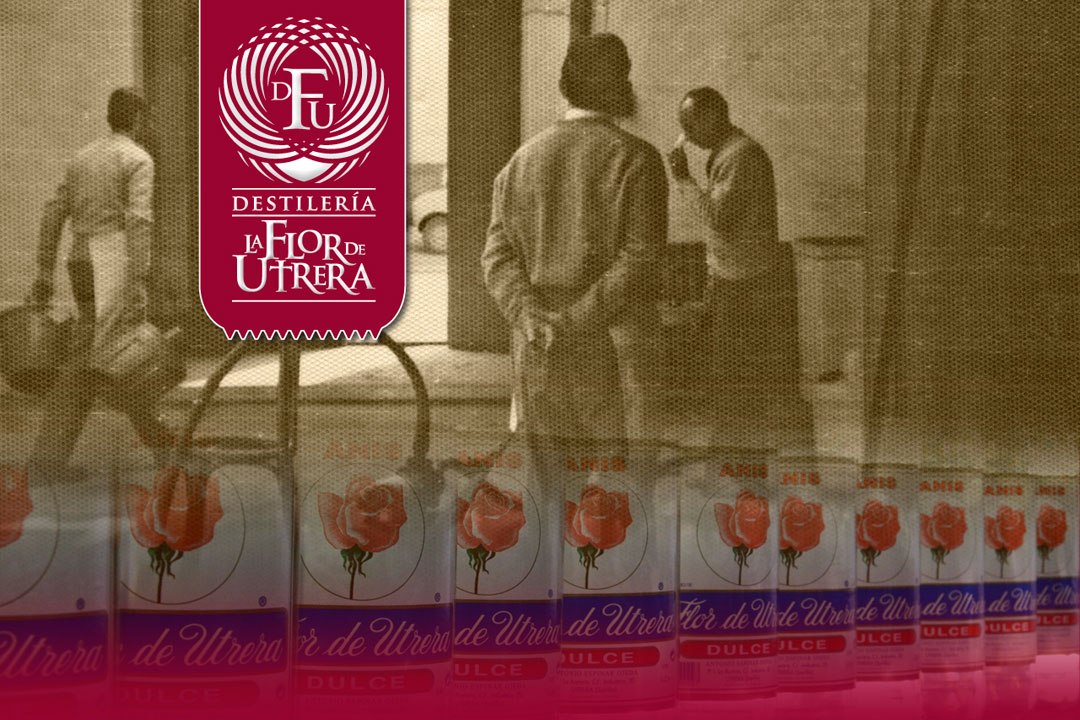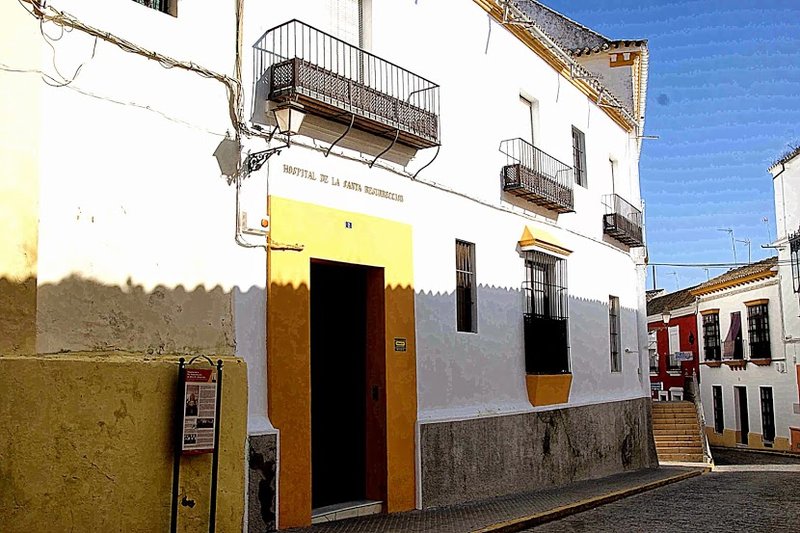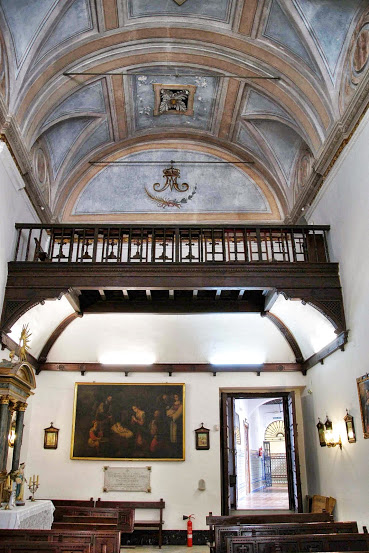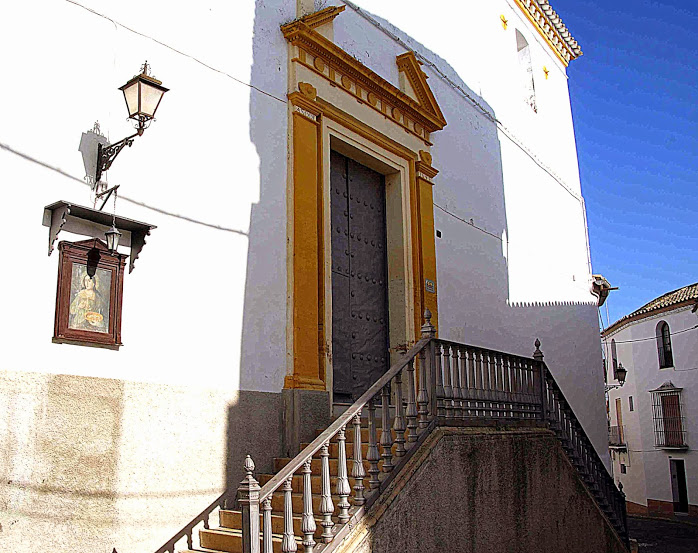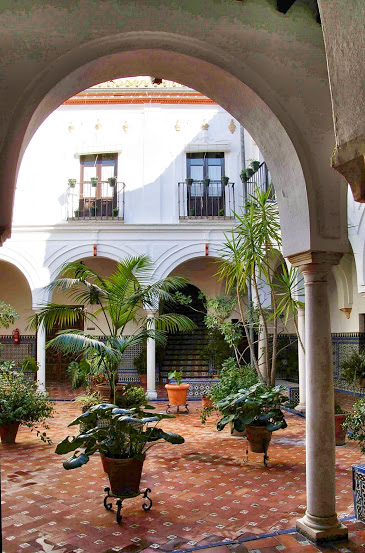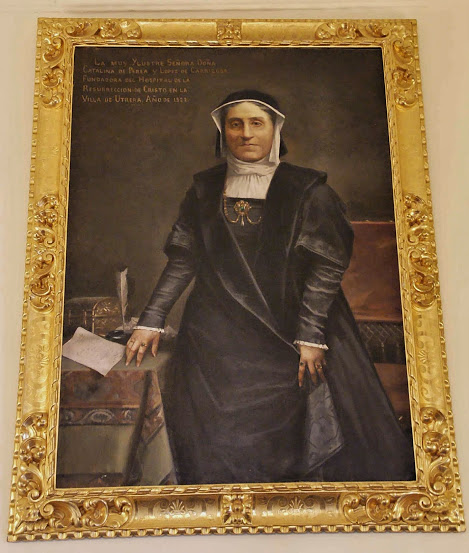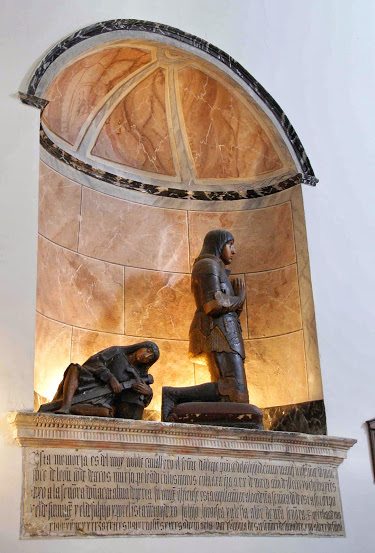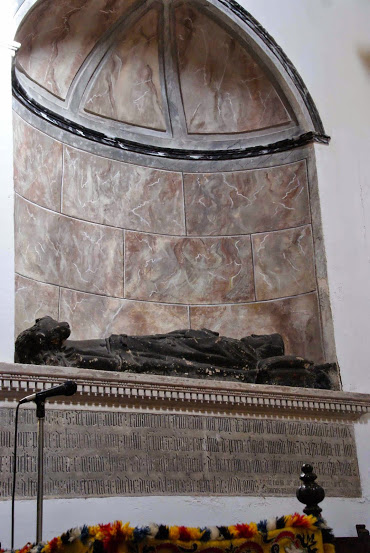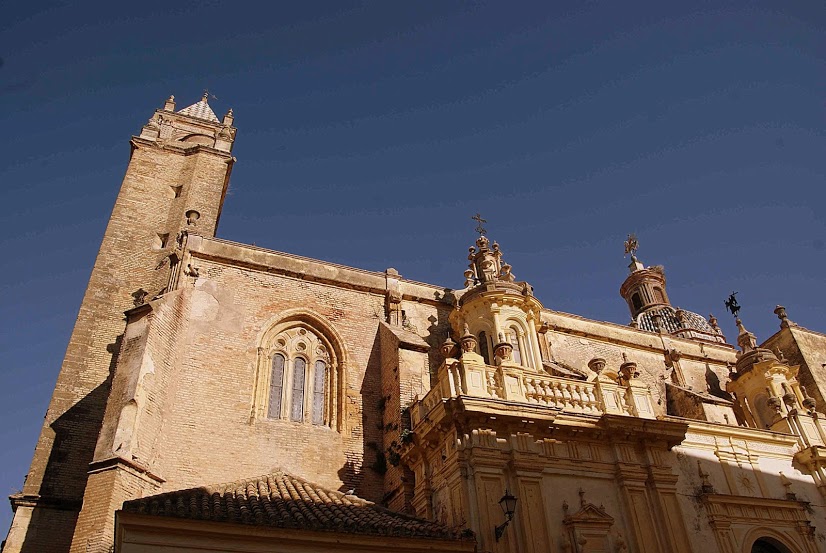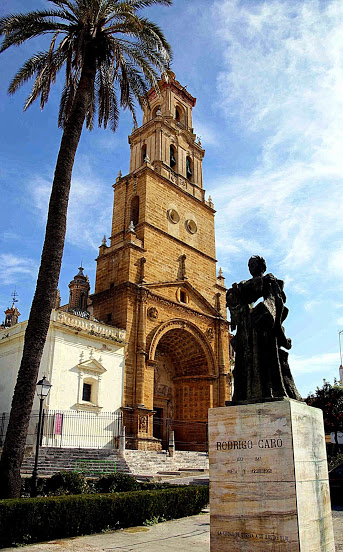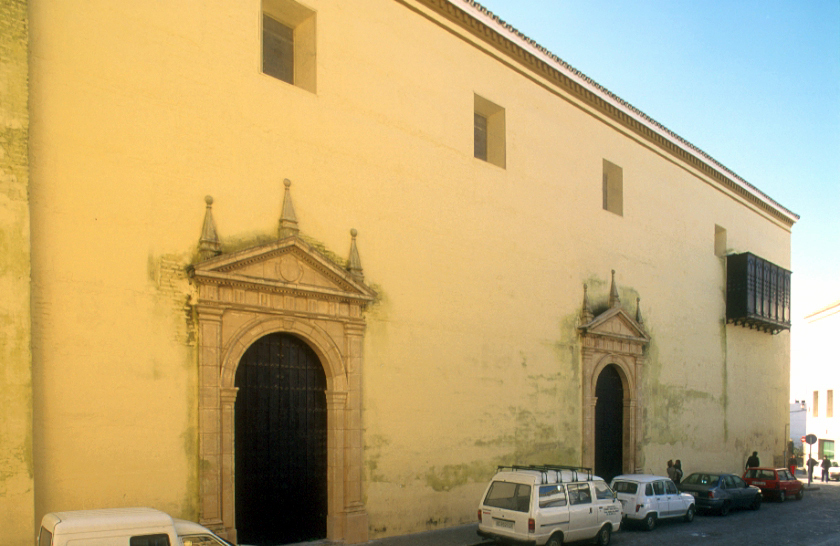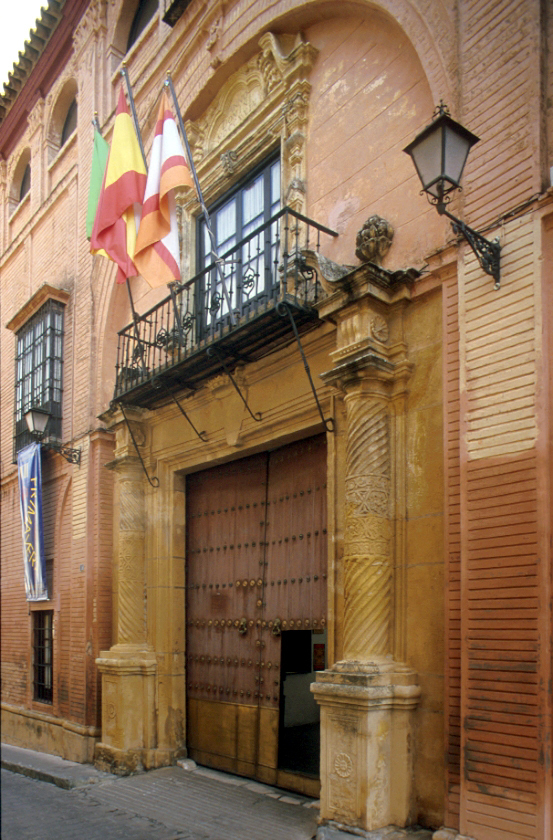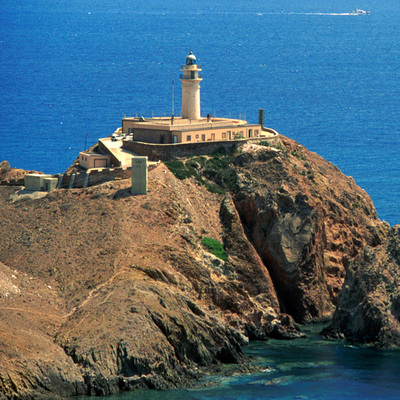Hospital de la Santa Resurrección de Nuestro Señor Jesucristo
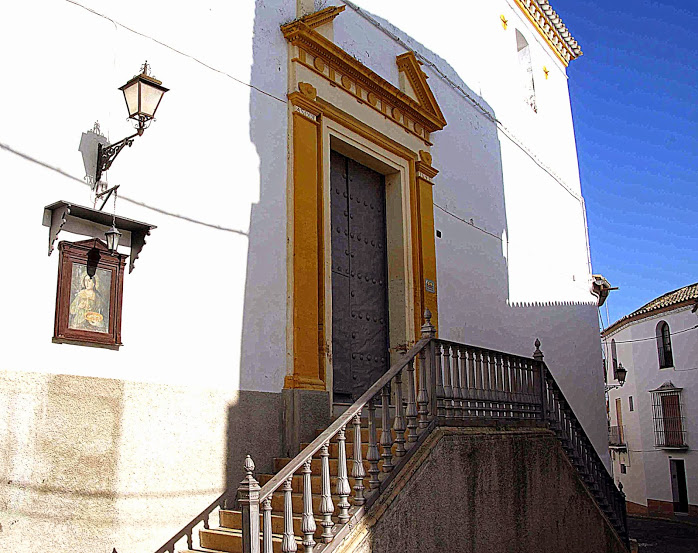
The Hospital de la Santa Resurrección de Nuestro Señor Jesucristo, the “Hospitalito”, is right next to the parish church of Santiago el Mayor and opposite the Convento de la Purísima Concepción, very near to the Castle, in the monumental centre of the town of Utrera in the province of Seville.
The idea of building a hospital for the poor came from Don Lope Ponce de León in the late 15th century, after inheriting some houses from his father, the Code Arcos, in the city of Utrera. Following the premature deaths of Don Lope and his son Don Juan (in 1483 and 1505, respectively), it was the widow and mother, Doña Catalina de Perea y López de Carrizosa, who, in 1514, used all her resources to create this foundation which, after five centuries, still functions as a residence for the aged.
Major changes were subsequently made to the original construction, although the white marble columns with semicircular arches of the central patio and the brick pillars of the polygonal section date from the initial period. Currently, the complex comprises two well-differentiated areas:
- The senior citizens residence and the service areas of the house.
- The noble and historic area, which can be visited, features the courtyards, decorated with tiles using the " cuerda seca " technique, with Mudejar and Renaissance motifs; the hospital chapel; the meeting room and the sick bay.
The church, built in the 17th century, has a single nave, with a barrel vault, false lunettes and rib arches. The vault over the presbytery is semi-circular and raised on pendentives. The church was part of the Hospital de la Santa Resurrección until this was transformed into a residence. It still conserves a side entrance from the first courtyard of the Hospital, although the main entrance is on the Calle Ponce de León.
The Main Altarpiece, built at the end of the 17th century, features images of the Virgen de la Salud, Saint Peter and Saint Paul, as well as a relief representing the Resurrection of Jesus Christ. There are also other admirable Baroque altarpieces, 16th century carvings, liturgical elements from different periods and the Gothic-Renaissance tombs of Don Lope Ponce de León and his son Juan Ponce de León.
Ideas for your trip
Services and infrastructure
Target audiences
Segments
Specialties
Open to visitors
You may be interested


